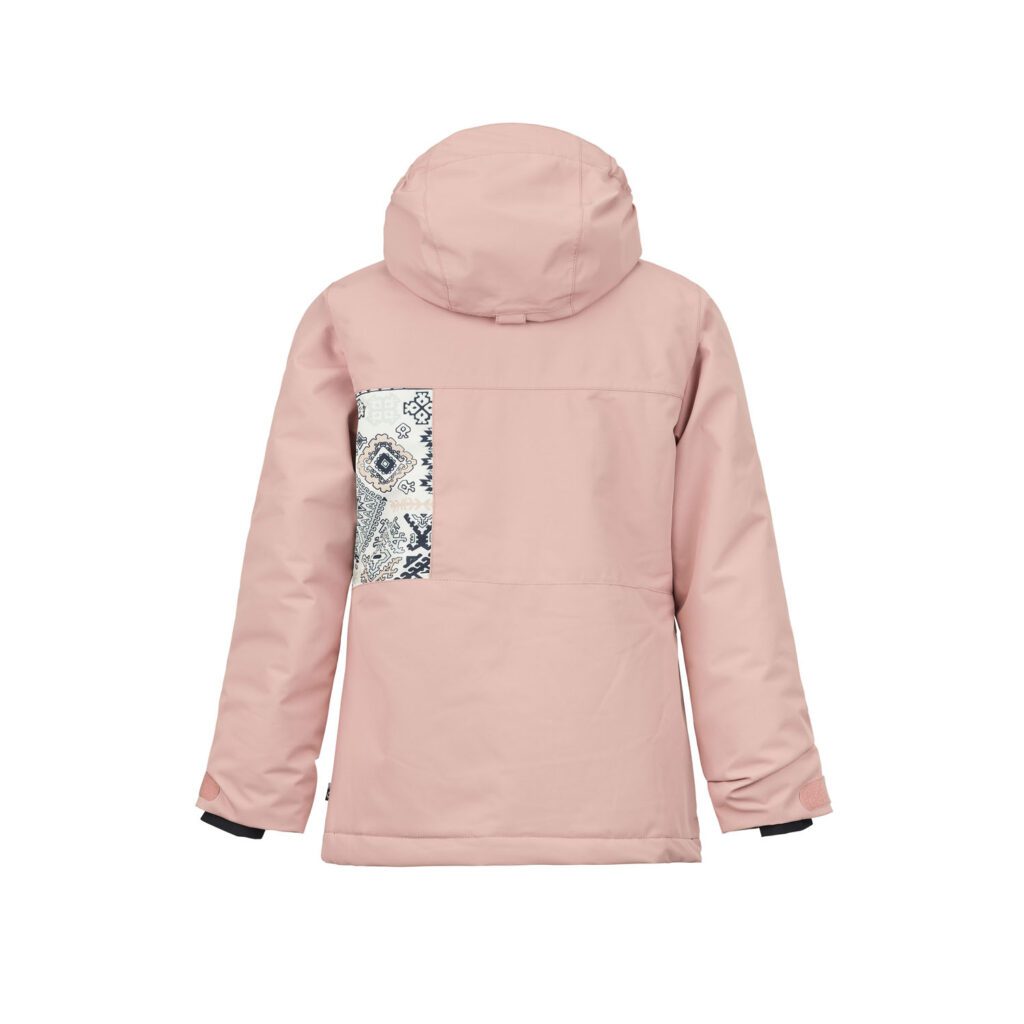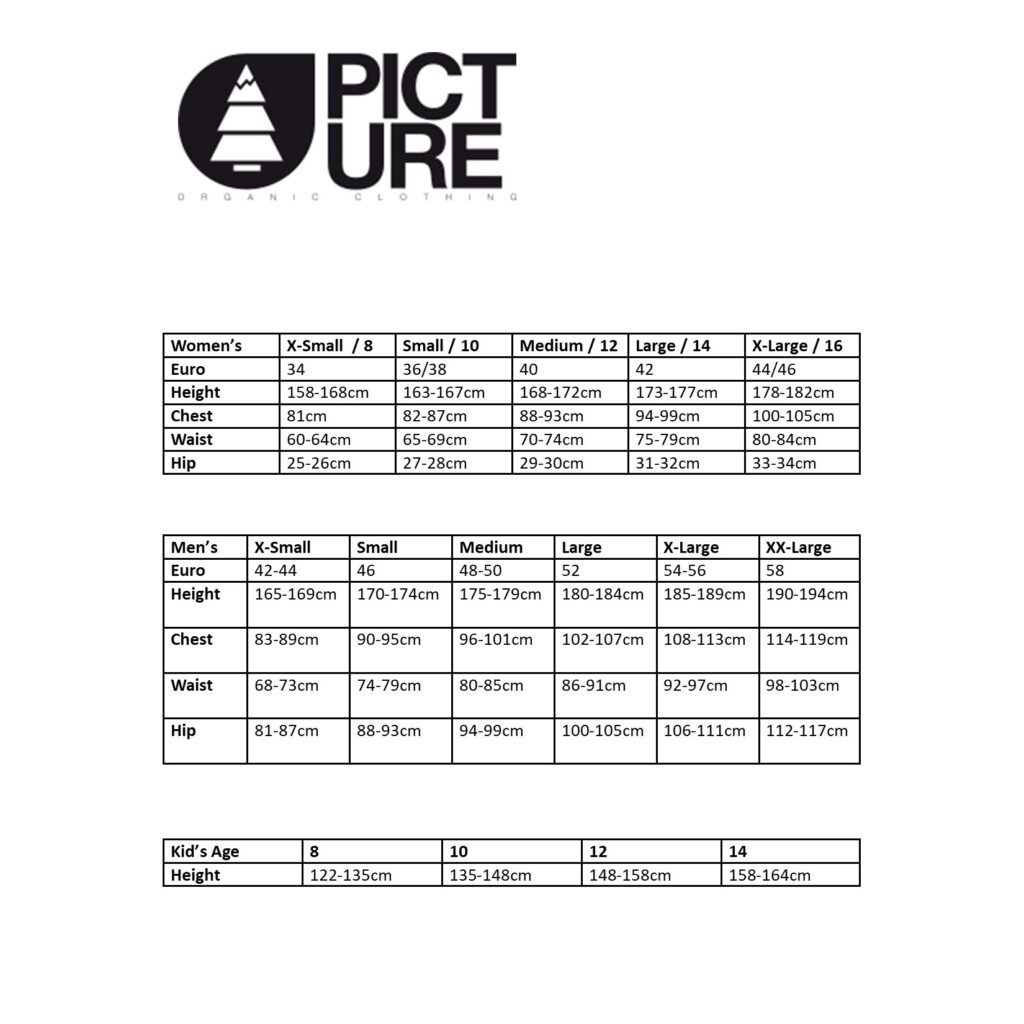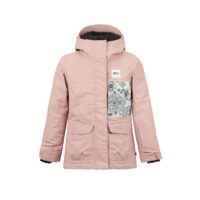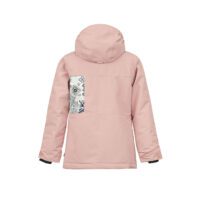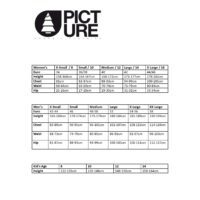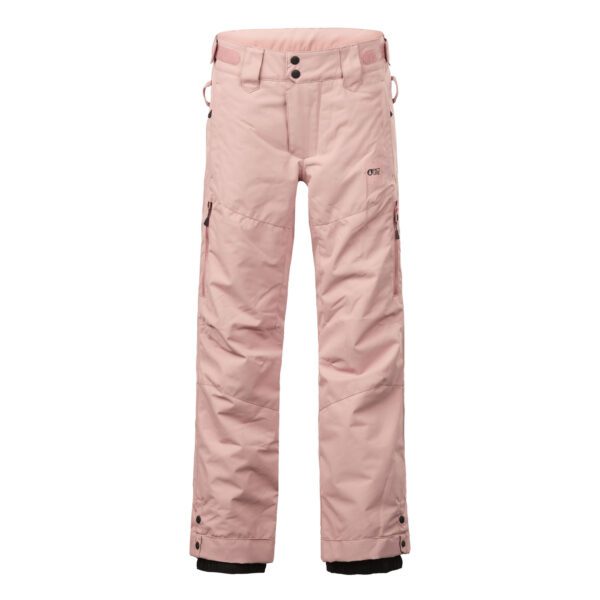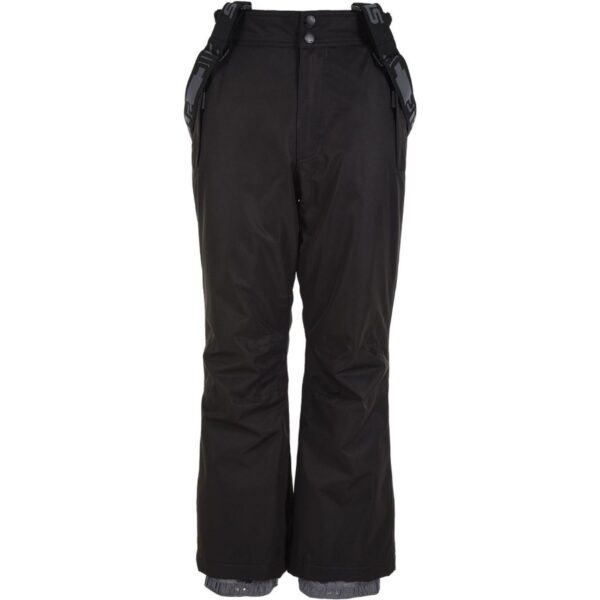Picture Lidy Jacket Kid’s – Ash Rose
$299.90 Original price was: $299.90.$299.90Current price is: $299.90.
gnomes V.I.P Club offers members special discounts on current season products. It’s free to join. Login or Register.
Description
For kids who want to make the most out of their day on the snow the Lidy jacket from Picture will keep them dry and warm so they can concentrate on having fun. With a Dryplay 10K/10K recycled polyester waterproof and breathable outer fabric, it is coated with a PFC-free durable water repellent treatment to keep everything dry. Super warm recycled STD-Thermal insulation will make sure they don’t feel the cold. With all the features you would expect the Lidy ski jacket from Picture also has their genius Grow With Me System, to make the jacket last even longer. Paired up with the matching pant in the same colourway, and you have yourself one stylish and happy child.
Features & Specs:
Materials: 52% Recycled Polyester, 48% Polyester
Breathability:10K
Waterproofing:10K
Insulation: Recycled Thermal STD 100gr/m² Body.
Fit: Outerwear regular silhouette stay in normal size.
Weight: 740g
Dryplay Membrane
This polyurethane (pu) blend lamine membrane is waterproof, windproof, and breathable. Extremely durable, it keeps the user dry in all weather conditions. Laboratory and field tested.
Thermal Dry System
Made with recycled polyester (PE), Thermal Dry is a knit fabric used as a lining to keep you warm and dry when active. It features unique body mapping construction, placed where the body sweats most, that wicks moisture away.
Teflon Ecoelite™
PFC-Free durable water repellent treatment using renewably sourced Teflon EcoElite™ Technology. Zero pollution, zero allergies, zero impact on future generations. Guaranteed 90% efficiency after 10 washes.
Grow with me
This system allows jackets and pants to grow along with the youth. Cut the red thread gently and stretch the sleeve or leg of your product to gain a size
Additional Features:
• Critically taped seams
• Adjustable ergonomic hood
• YKK® waterproof front zip
• Lycra wrist gaiters with thumbholes
• Adjustable cuffs with velcro
• Snow skirt
• Interior mesh pocket
• Jacket to pant interface
• Ski pass pocket
• Interior mesh pocket
• Goggle cleaner
• Grow with me system
• Longer scoop hem
Choose your items confidently by reading our buying guide.
Related Gear
We are a team of passionate skiers, our lives are entangled in a world of snow, mountains & ski paraphernalia. Take a look at how we can help you.
Buying guide
Use our buying guide to help you purchase the perfect ski jacket.
The industry standard procedure for measuring a garment’s waterproofing is to place a column of water on a fabric and then increase the water level so more pressure is exerted. Once the water starts to penetrate the fabric, the water level is measured. This gives the fabric’s waterproof rating in mm e.g. 10,000mm. The higher the number, the higher the water proof capability of the item.
Other areas of waterproofing concern are the seams. The stitching, done during manufacture, requires taping or sealing to be waterproof. In some cases all the garment’s stitching is taped while in others only critically placed stitching is taped (i.e. through the shoulders, hood and chest – high exposure areas).
Waterproof/breathable fabrics have pores large enough for water vapour to escape, but small enough to prevent liquid passing through. The garment must be able to breathe from the inside out, otherwise during activity perspiration moisture cannot escape. The garment becomes wet on the inside and the body’s temperature will drop because of it.
Oils, dirt, perspiration and other contaminates will eventually break down the waterproofness and breathability of any garment and so, with time, they become permeable and fully breathable.

To make sure you remove moisture (perspiration) away from the body while remaining warm, use an appropriate layering system.
Base Layer
This is the most important layer of them all. This layer sits next to the body and has to work the hardest to remove moisture away from the skin and through the other layers. The base layer needs to fit closely to the body. Always choose base layers that have high wicking (removal of moisture away from the skin) properties, so it will regulate your body temperature. If you choose a fabric like cotton, this only stores moisture so will make you feel cold and damp eventually.
Mid Layer
The mid layer is there to add insulation as well as remove moisture from the base layer out to the outer layer. It is better to wear multiple mid layers than one thick one, as this promotes warmth by trapping warm air. Multiple light mid layers can be added or removed as required. Good examples are light fleeces or slightly heavier weight thermals containing merino wool or silk.
Outer Shell
The outer layer consists of jackets and pants, which are there to protect from snow, wind and rain elements. They must be waterproof as well as breathable to remove moisture away from the mid layer, thereby keeping you warmer and dryer. Jackets and pants come in numerous different styles, cuts and fabrics. Choose one that fits comfortably and meets your requirements of waterproofness and breathability.

Venting: Extra zips allow increased air flow when the body gets too warm. These are usually found in the upper leg area on pants and under the arm or across the chest, in jackets.
Hoods: Most jackets come with hoods that can either be folded away at the back of the neck or removed and placed in a pocket at the lower back. Modern hoods are shaped to be able to fit over any ski helmet.
Pockets: Pockets for storage are found everywgere, inside and out, on jackets and pants. Think about what you usually have on you and make sure there’s a place for it.
Powder Skirts: An elasticised skirt that stops snow and wind entering the jacket.
Cuffs: They are designed to keep the elements away from wrists. They need to be adjustable to maximise their performance.
Reinforcements: In high use areas harder wearing fabric is used to slow down wear and tear. This reinforced material is often found on shoulders where packs are used as well as lower inside leg area to prevent cuts from ski/snowboard edges.
Seamed/Taped sealed: Garments either fully or critically seam sealed to prevent snow and rain penetrating seamed areas. Crital means only areas deemed “critical” are taped whereas in a fully taped piece all seems are sealed.
Storm flaps: These flaps cover exposed zips with the purpose of stopping snow/wind and rain getting through.
Articulated Areas: Articulated areas make the garment much more comfortable to move in.
Belt Hoops: Fairly obvious – so a belt can be worn on pants, to help them stay in a secure place.

